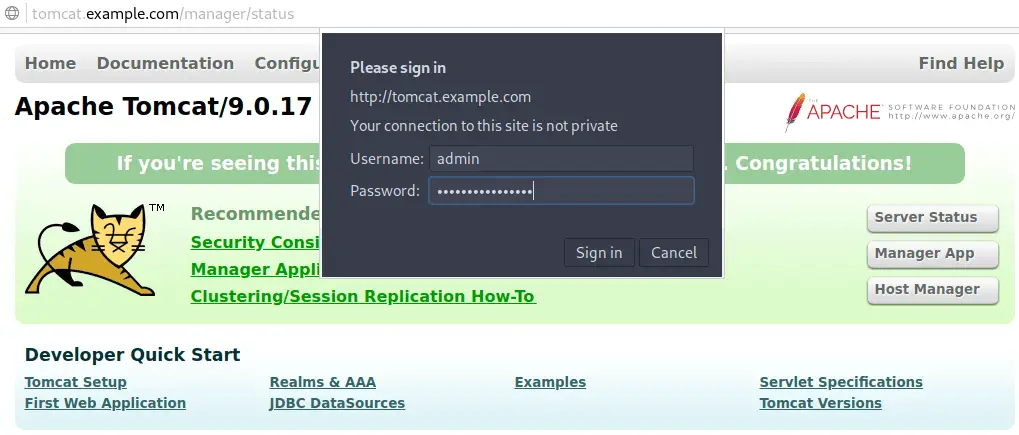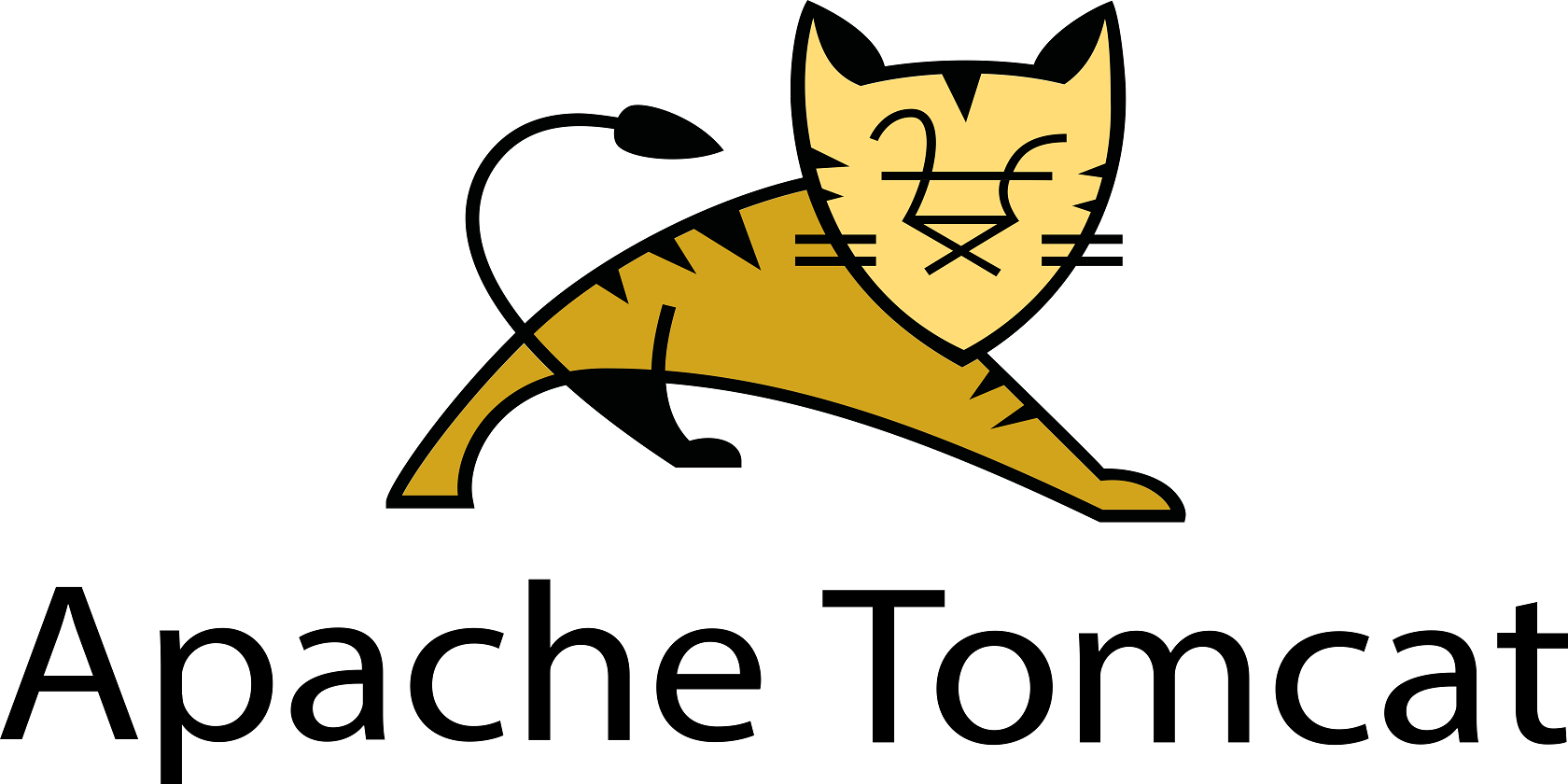

This means, through our reverse shell, we have full control of the web server!įinal step is to obtain the user and root flag. There we go! And we are even more lucky! Apparently, the web server is running with system privileges.

Here I use metasploit for this purpose.ĥ) Click on the path link in the applications list.Ħ) This will trigger the execution of the reverse shell code. a reverse shell, onto the web server.ġ) Create the war file containing the reverse shell payload using msfvenomģ) This will create a new entry in the applications list.Ĥ) Start a java/jsp_reverse_tcp listener. This means, we can include our own code, e.g. Apache Tomcat < 9.0.1 (Beta) / < 8.5.23 / < 8.0.47 / < 7.0.8 - JSP Upload Bypass / Remote. The dashboard provides a functionality to upload and deploy. Now we have full access to the management dashboard!įrom here, it’s very simple to get access to the system. In this case, this leads to success! Apparently, we have a lazy admin here. So let’s go through the list and try each of them (feel free to either use the metasploit module that does that for you or any bruteforcer like hydra, burp or own scripts).
So lazy or unaware administrators simply stick with the default credentials which can easily be looked up as seen in the following picture: It is now enabled by default. < p >This was fixed in revision < revlink rev '1833760' >1833760. < p >This issue was reported publicly on 11 June 2018 and formally announced as a vulnerability on 22 July 2018. < p >Affects: 7.0.25 to 7.0.During installation, it does not require you to change the default password. Luckily, this is one of the main vulnerabilities of the Tomcat Apache software. The Apache Tomcat software is developed in an open and participatory environment and released under the Apache License version 2.

However, this dashboard is protected by an authentication mechanism which asks for a username and password. Īs seen in the screenshot above, Apache Tomcat provides a “Host Manager” and “Manager App” which is basicallu a dashboard that provides us full access to the configuration page. Apache Tomcat is an open-source Java servlet container that implements many Java Enterprise Specs such as the Websites API, Java-Server Pages and last but not least, the Java Servlet.


 0 kommentar(er)
0 kommentar(er)
